 “What we did to protect animals actually protected roads,” said Vermont Agency of Natural Resources secretary Deb Markowitz at a general session at the Northeastern Transportation and Wildlife Conference this week (Sept. 21 – 24) in Burlington, Vermont. In places where culverts had been resized to allow wildlife to walk along the banks during low flow periods, the culverts have held during floods like the one caused by Tropical Storm Irene in Vermont.
“What we did to protect animals actually protected roads,” said Vermont Agency of Natural Resources secretary Deb Markowitz at a general session at the Northeastern Transportation and Wildlife Conference this week (Sept. 21 – 24) in Burlington, Vermont. In places where culverts had been resized to allow wildlife to walk along the banks during low flow periods, the culverts have held during floods like the one caused by Tropical Storm Irene in Vermont.
A documentary on the Highway Wilding project that built wildlife passages along the TransCanada Highway in Banff National Park said that the cost of hitting a moose with a vehicle averages $30,000. Hitting a deer averages over $1,000. It doesn’t take many wildlife collisions to cost-justify a wildlife crossing, the documentary said, and some highway locations are the scene of hundreds of collisions.
Photo: Camera fail. None of my photos of Markowitz speaking even made it onto my camera’s memory card. Here’s her official portrait off the Vermont Agency of Natural Resources website.

 It has bird week here at State Wildlife Research News, but Environmental Health News is dedicating months to articles reflecting on birds and environmental health. The publication’s
It has bird week here at State Wildlife Research News, but Environmental Health News is dedicating months to articles reflecting on birds and environmental health. The publication’s 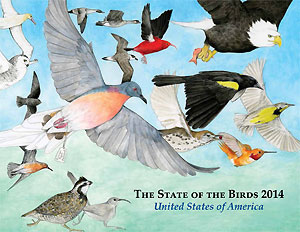 According to a
According to a 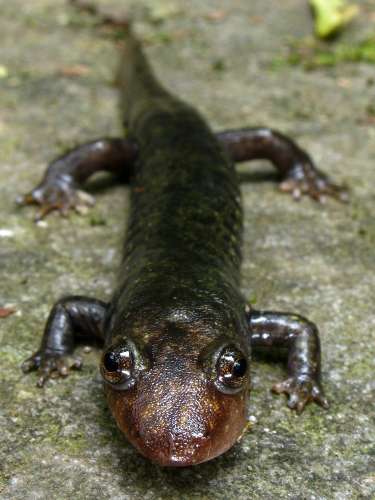 Today is the second day in a US Geological Survey amphibian two-fer. If you like your wildlife moist and federally researched, you’ve come to the right place.
Today is the second day in a US Geological Survey amphibian two-fer. If you like your wildlife moist and federally researched, you’ve come to the right place.

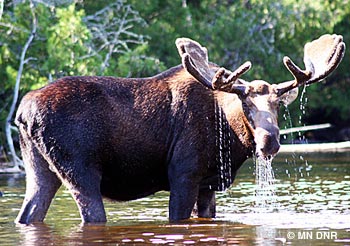 The the Minnesota Department of Natural Resources’ list of endangered, threatened and special concern species is due to get its first update since 1996,
The the Minnesota Department of Natural Resources’ list of endangered, threatened and special concern species is due to get its first update since 1996, 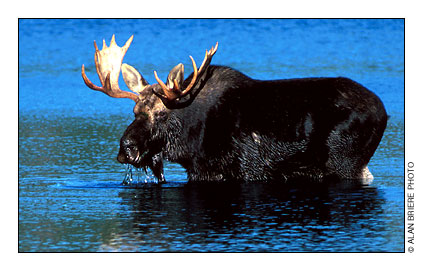
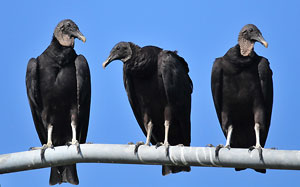
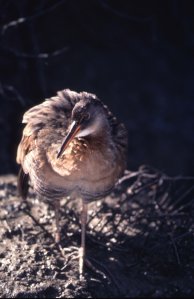 Usually it is hard enough figuring out what’s stressing species right now to figure out which may need protection. Predicting the future — such as how land uses might change — adds another level of complexity. Figuring out the impact of climate change, with its assortment of predictive models, is more complex still.
Usually it is hard enough figuring out what’s stressing species right now to figure out which may need protection. Predicting the future — such as how land uses might change — adds another level of complexity. Figuring out the impact of climate change, with its assortment of predictive models, is more complex still.